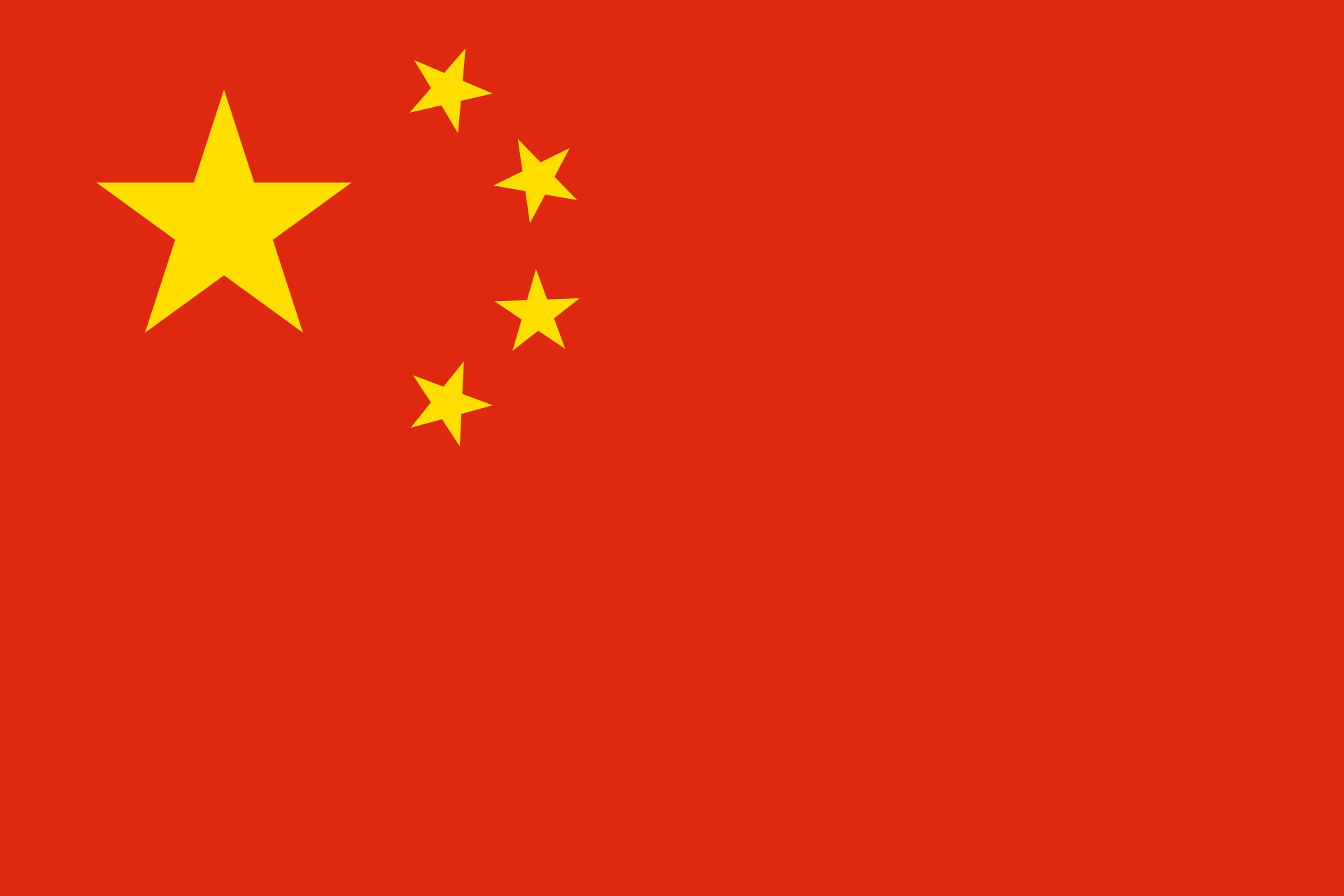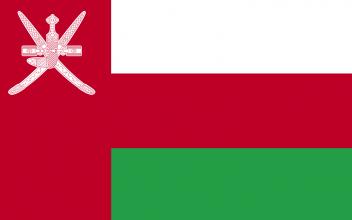Kiunga Biosphere Reserve is located on the northernmost part of Kenya’s coast, about 16 km south of the Somali border. On the coastal strip, there are sandy beaches with sand dunes and dry coastal shrubby forest. The coast consists of parallel lines of old and living reefs with one line situated 1,6-16 km offshore forming a chain of about 50 calcareous islands composed of coral and organic debris. In-between the islands and the coast, there are sheltered and calm water habitats.
Malindi-Watamu Biosphere Reserve is located on the coast of Kenya about 100 km north of Mombasa. Notable physical features of this biosphere reserve are rock platforms, cliffs and sandy beaches. Mida Creek comprises tidal mud flats with fringing mangrove swamps and the biosphere reserve area also includes coral reefs and sea-grass beds.
The proposed Mui Ca Mau Biosphere Reserve has an area of 369,675 ha with 170,321 people living there. There are three core zones encompassing the stricly protected core zones of Mui Ca Mau National Park, U Minh Ha National Park and the coastal protected forests in Ca Mau Western. They are typical ecosystems that meet the UNESCO’s criterion such as example mangrove forest ecosystem, peat wetland ecosystem, marine ecosystem, etc.
The topographical formations of maritime-marsh origin lie to the east of the township of Hoi An, in the villages of Cam Chau, Cam An, and Cam Thanh and with a stretch along the coast south of the Thu Bon River running past Trung Phuong (Duy Xuyen district). The most typical are the deposits at Cam Chau, with a maximum height of 0.8- 1.2 m and sediment of black mud due to the presence of organic matter. They are, in essence, of ancient seas, and after the sea receded, they remained as swamps and marshes and have been filled up gradually.
The Biosphere Reserve has a maritime equatorial and monsoon climate. The dry season lasts from December through April; the rainy season from May to November. Humidity is 80-83% and temperatures vary from 25.3 to 27.10C. Annual rainfall is relatively high (1,600-2,100 mm over land, and 2,400-2,900 mm has been measured for Phu Quoc Island).
The biosphere reserve has 3 core zones overlapping with 3 National Parks and one nature reserve.
The Red River Delta Biosphere Reserve lies in northern Viet Nam, at the coastal-sea interface. It contains one of the main remaining large tracts of mangrove forest in Viet Nam, with some 30 species of mangrove.
This site composes of various habitats including mangroves, wetlands, salt mash, estuaries and beaches with high biodiversity.
Cat Ba Biosphere Reserve, an archipelago in northern Vietnam, which is adjacent to the Ha Long Bay World Heritage site, is internationally important for its limestone karst geomorphology and one of the best examples in the world of a fengcong and fenglin karst landscape invaded by the sea. The 366 limestone islands contain landforms, cave and cave deposits that provide evidence of a long history of erosion and landscape evolution.
The Bundala Biosphere Reserve is located on the southeast coast of Sri Lanka. The core area, which is also a national park, includes four brackish water lagoons. The lagoons are fringed by narrow strips of marshland and are surrounded by slightly undulating terrain covered predominantly with lowland dry scrub forest. The topography is generally flat with sand dunes varying in width from about 50 to 300 meters bordering the coastline.
Sinharaja is the largest continuous evergreen rain forest remaining in the lowland wet zone of Sri Lanka. Its importance for conservation is linked to its high endemism of flora and fauna. In 1971, 2,500 hectares of the Forest Reserve was transformed into a IUCN-IBP Strict Reserve with full protection for flora and fauna. In 1977, all timber exploitation in the entire forest was banned and in 1978, it was designated as a MAB Biosphere Reserve.
This biosphere reserve represents a unique and threatened ecosystem in the tropics within the Western Ghats Mountain system. It is one of the world’s biodiversity hotspots and provides habitat for the probably largest South Indian populations of tiger (Panthera tigris), elephant (Elephas maximus) and other large mammals.




